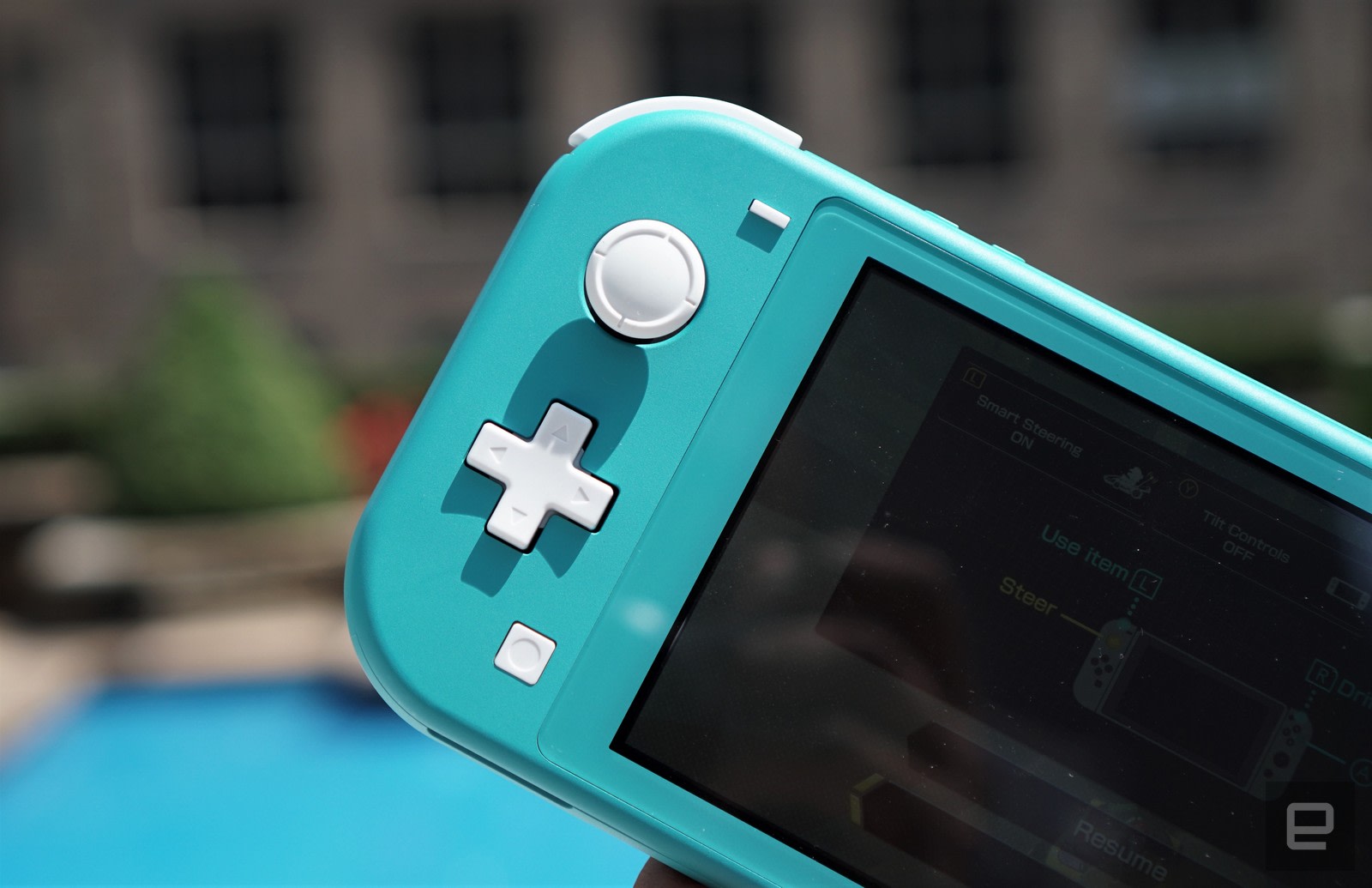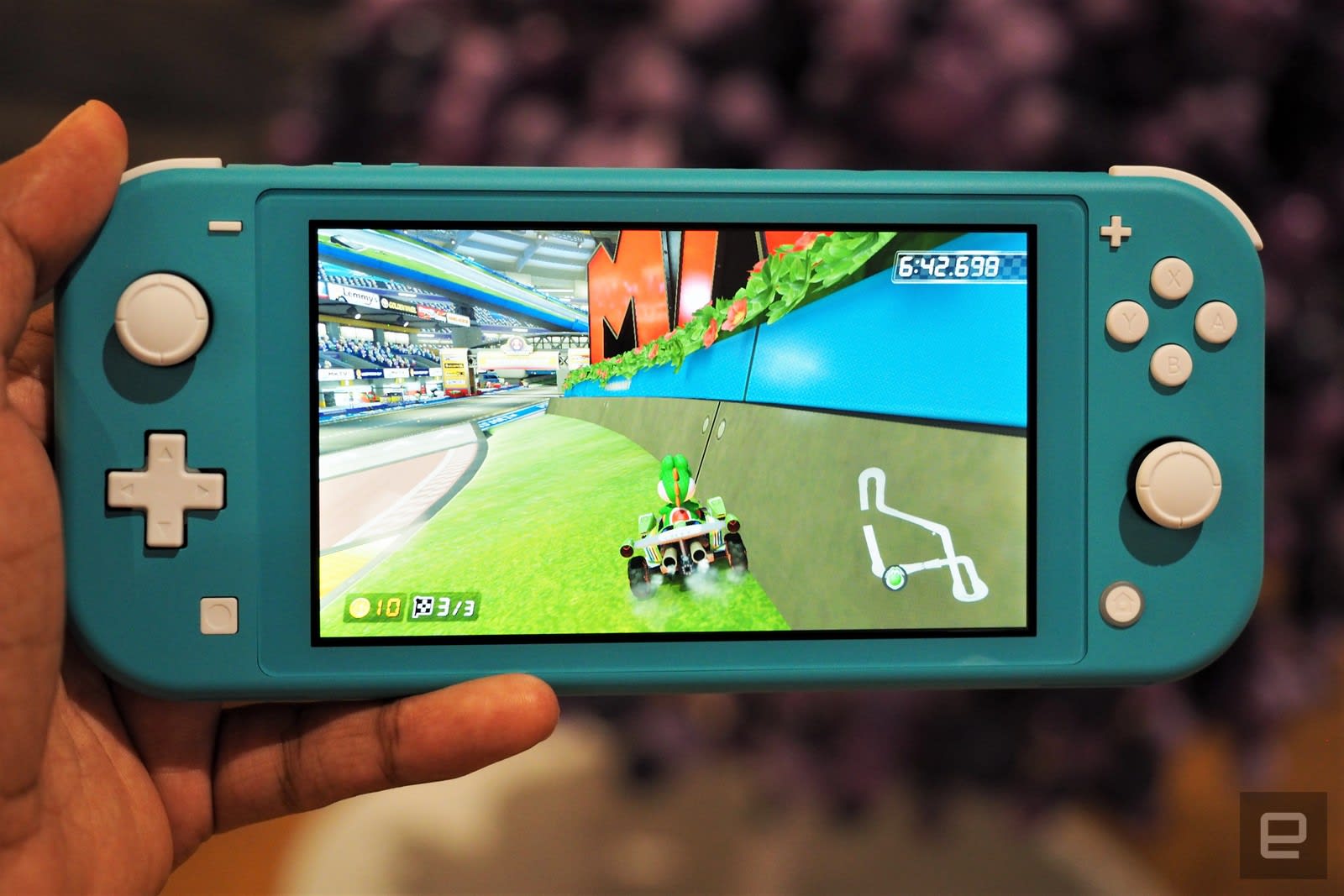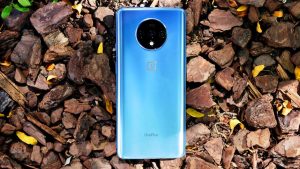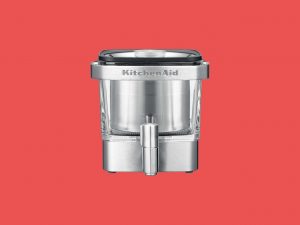After playing a few rounds of Mario Kart, I noticed that the Switch Lite feels significantly sturdier than its bigger sibling. Those permanently attached controllers go a long way towards making the entire device feel solid. And of course, I didn’t have the low-level anxiety of worrying about Joy-Cons flying off if I dropped it (something that happened often with my Switch).
Nintendo was also able to make the Switch Lite smaller by using a 5.5-inch display, instead of the big Switch’s 6.2-inch screen. They’re both 720p displays, but the smaller size technically makes the Switch Lite a bit sharper when it comes to pixel density. At first, I was worried that the smaller screen would make games less immersive, but I had no trouble diving into long Breath of the Wild and Fire Emblem Three Houses play sessions. The screen itself looks just as bright as the original Switch, though it’s still tough to see in direct sunlight. And its smaller size makes tiny text a pain. Zelda’s item descriptions were already hard to read on the Switch, and you’ll really have to squint to see them on the Lite. In the name of accessibility alone, it’d be nice to see developers offer font scaling options, moving forward.
The Switch Lite controls similarly to the original: The two joysticks still feel fast and fluid, the four buttons on the face are still a bit too small and stiff and the triggers and top buttons are even more comfortable, since they’re on a smaller case. The major difference is the directional pad, which is sure to delight fans of classic 2D games. It’s smooth, accurate and simply fun to use. While it’s not as superb as the SNES controller’s while playing Super Mario World, it’s certainly miles ahead of the four-button setup from the Switch, which was so bad I was forced to replace it with a third-party Joy-Con that had a real D-pad.
The more I used the Switch Lite, the clearer it became that Nintendo sacrificed usability to make the original Switch a do-it-all console. Its Joy-Cons were designed to be used as standalone controllers so you could use them for quick two-player matches. But, to be honest, I can’t recall if I’ve ever actually done that. Alas, the dreams of rooftop Switch parties from Nintendo’s iconic launch video were a lie. At the very least, I hope Nintendo makes its own alternative Joy-Con with a true directional pad. The Switch Lite (and yes, the Switch Pro Controller) proves it still knows how to make them.
Using the Switch Lite as a secondary console was easier than I expected. While adding a new user, I just had to sign into my Nintendo Account and re-download my games. My cloud saves via Switch Online didn’t come over automatically, though. I had to manually download those in the settings. I suppose this makes sense, since you might not want to have data for older games clogging up your precious storage, but it would have been nice to get some alerts from Nintendo.
You’ll also have to be careful about syncing saved data between your consoles. The Switch Lite reliably uploaded my saves to the cloud. But when I tried to play those games on my original Switch, I got a warning about a conflict, and I had to manually download the Switch Lite file to keep playing. It’s an annoying process to deal with, but it’s something Xbox One and PlayStation 4 owners will also encounter with multiple systems.





